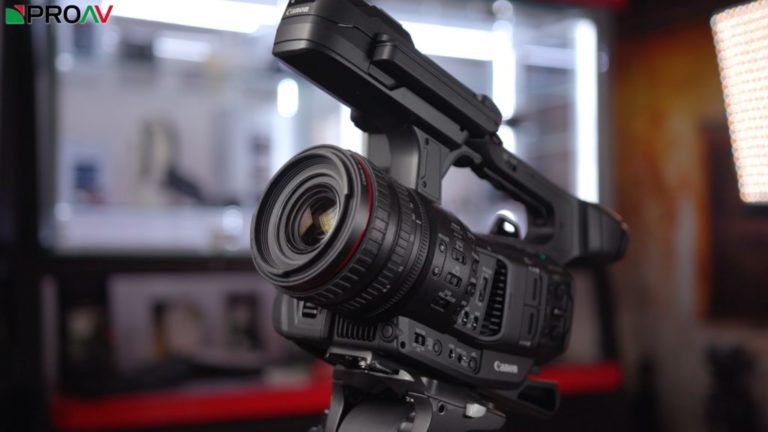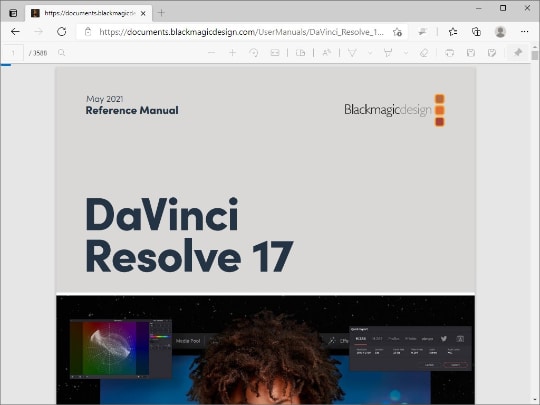


When selecting Individual Clips, Resolve will render each video clip (instead of one large video file). Your Guide to Working with Project Files in DaVinci Resolve.But, this is where the Individual Clip option comes in handy. Do I recommend doing this regularly or making it a standard practice? No. Sometimes, you might be asked to deliver the footage of individual clips that have been graded, which is something a client just asked for. However, there may be circumstances where we want to render out low-resolution files to render on our laptop and need to export each clip individually. Our timeline comprises numerous clips, and the idea of exporting is to combine all of this into one large video file. Next, we have an individual clip or single clips. This is where you’ll name your file and where your file will be rendered. Here’s where you’ll name and render your file.įirst, we have our Filename and Destination Location. Whether it’s a YouTube upload or Audio-only, the presets are perfect for quick exports. If you’re brand new to editing and still feel unsure about adjusting the parameters, Resolve will help you streamline that process with a set of one-click presets. Let’s head to our first pit stop-the render panel.

However, we can’t make any adjustments whatsoever. Underneath is our timeline, which mirrors the timeline found on the edit page. On the right, we have our render queue where the selected clips put out to render will be placed and where we’ll finally hit render. So, please take note that it operates slightly differently.) (However, it’s important to note that, unlike the editing page where the scrubbing tool scrubs through the entire timeline quickly, it only scrubs through the clip. In the center, we have our preview monitor where we can watch the edit one final time before hitting render. In this panel, we’ll set all the parameters for how we want our video to be rendered. To the left, we have our render settings. Resolve’s edit page is entirely devoted to rendering your content Unlike other software that may have a pop-up box, Resolve has an entire page devoted to rendering your content. With our edit completed, sound effects added, and grade implemented, it’s time to go to the Delivery page. However, some sections may specifically call back to a moment within the video. Don’t have time for a video? Not to worry, you can read the transcript below.


 0 kommentar(er)
0 kommentar(er)
